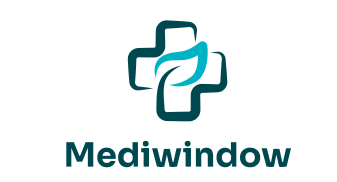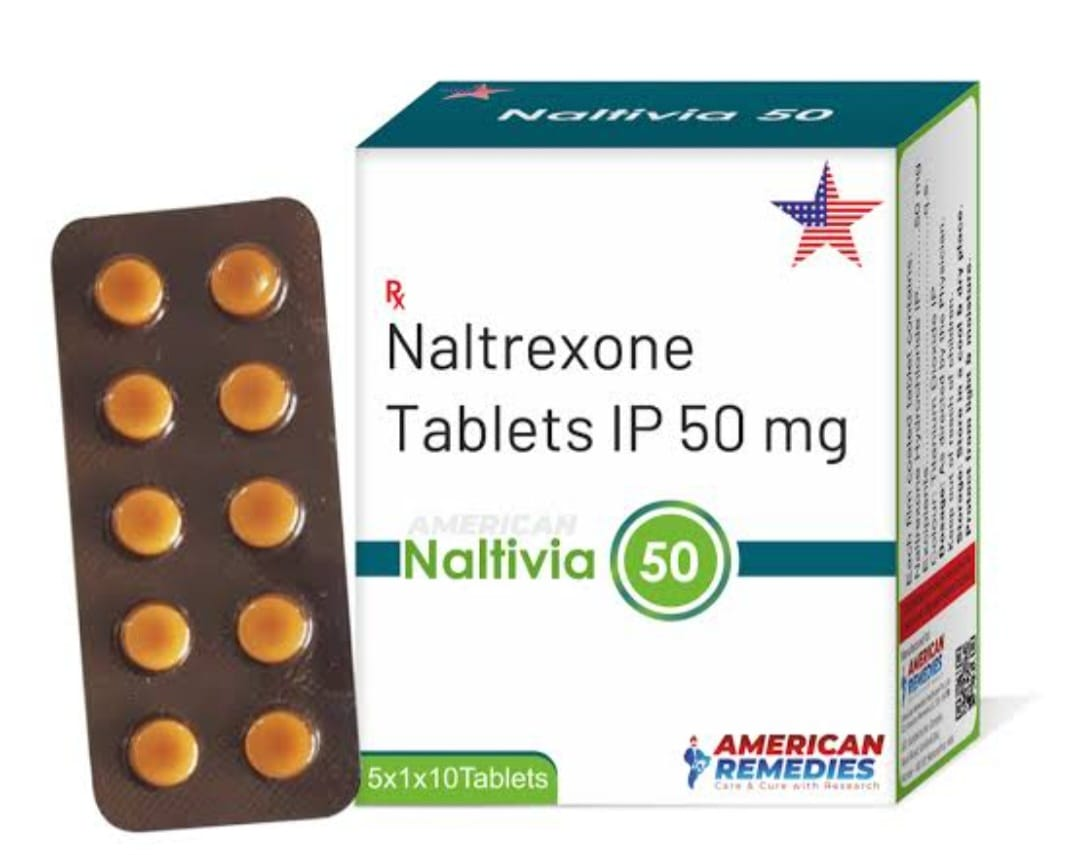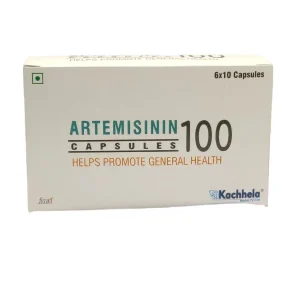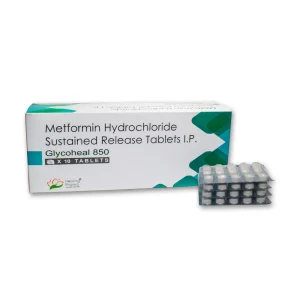Description
Naltrexone Tablets – Support for Recovery from Alcohol and Opioid Dependence
Naltrexone is a prescription medication used primarily to help individuals maintain sobriety by reducing cravings and blocking the effects of opioids and alcohol. It is classified as an opioid receptor antagonist, which works by binding to opioid receptors in the brain without activating them—helping to prevent relapse in people with opioid or alcohol use disorder.
Key Uses:
- Treatment of alcohol dependence
- Management of opioid use disorder
- May be used off-label in low doses for chronic pain, autoimmune disorders, and inflammatory conditions
Available Strengths:
- Low Dose Naltrexone (LDN): 1.5 mg / 3 mg / 4.5 mg – used off-label for pain, inflammation, autoimmune support
- Standard Dose: 50 mg – used for addiction recovery support (alcohol or opioid use disorder)
How to Use:
Dosage varies based on condition and physician recommendation. Common dosage is 50 mg once daily for addiction treatment. Low Dose Naltrexone is typically taken at night in microdoses (1.5–4.5 mg). Always follow your doctor’s prescription.
Precautions:
- Do not use if you are currently dependent on opioids or have taken opioids in the last 7–10 days
- Inform your doctor of any liver conditions
- Avoid alcohol while on treatment unless advised by your physician
- Do not use during pregnancy or breastfeeding without medical advice
Storage:
Store at room temperature away from light and moisture. Keep out of reach of children.
Frequently Asked Questions (FAQs)
1. What is Naltrexone used for?
Naltrexone is used to help prevent relapse in individuals with alcohol or opioid dependence. It is also used off-label in low doses for certain inflammatory and autoimmune conditions.
2. Can I use Naltrexone if I’m still using opioids?
No. Naltrexone may cause sudden withdrawal symptoms if opioids are still in your system. A 7–10 day detox period is usually required.
3. What’s the difference between Low Dose Naltrexone (LDN) and 50 mg tablets?
Low Dose Naltrexone (typically 1.5–4.5 mg) is used off-label for chronic pain, autoimmune diseases, and inflammation, while the 50 mg standard dose is used for addiction recovery.
4. Are there side effects?
Common side effects include nausea, headache, fatigue, and trouble sleeping. Side effects are usually mild and temporary.
5. Is a prescription required to purchase Naltrexone?
Yes. Naltrexone is a prescription-only medicine and must be used under the guidance of a licensed healthcare provider.
6. Can I drink alcohol while taking Naltrexone?
While Naltrexone reduces alcohol cravings and the reward effect of drinking, it’s recommended to avoid alcohol to get the most benefit from the treatment.





